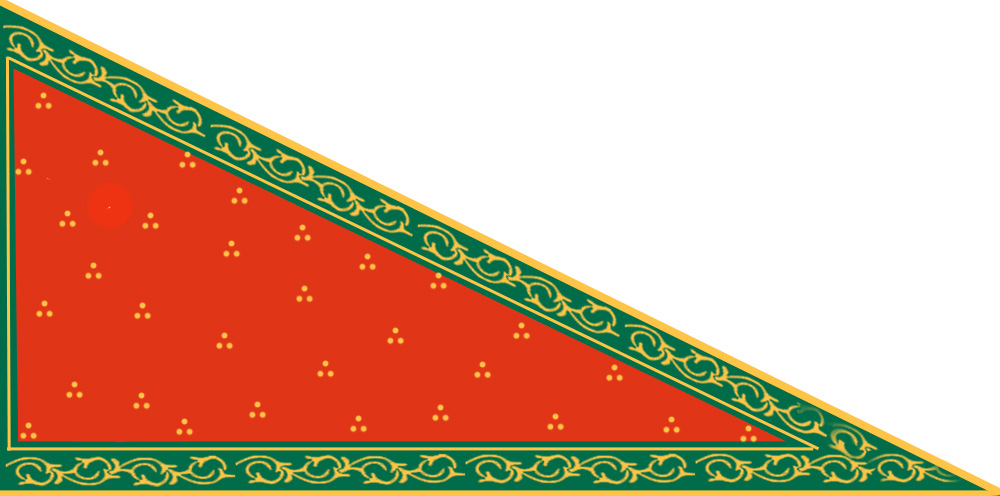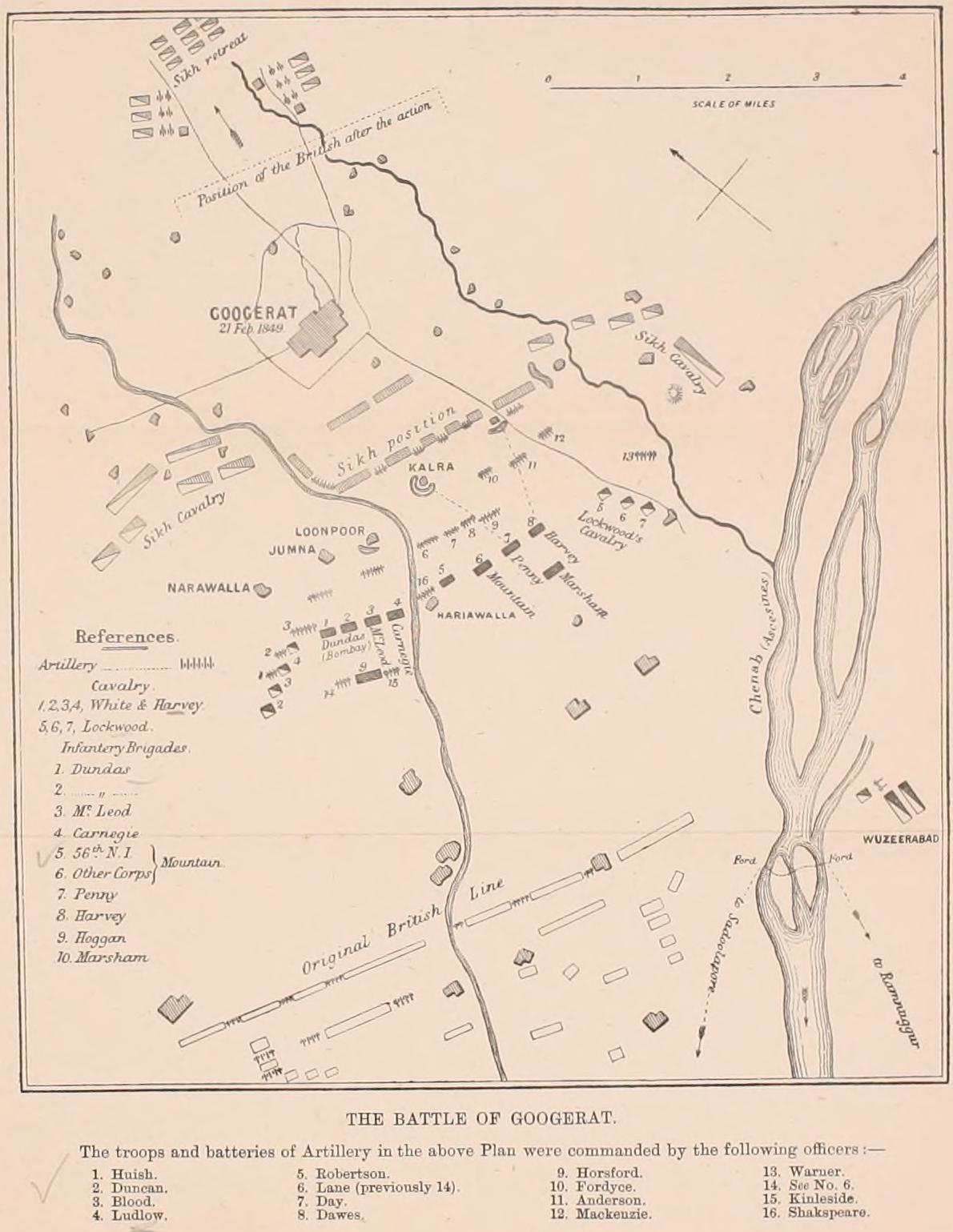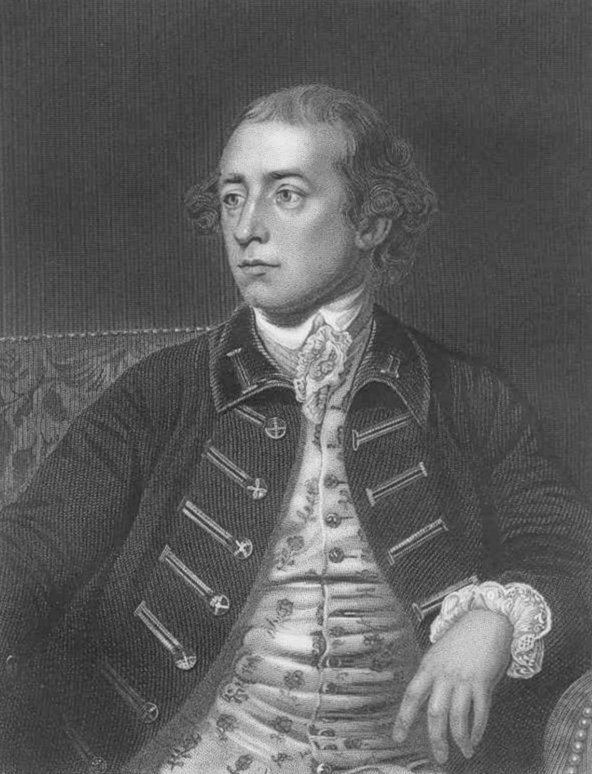|
Afghan Conquest Of Balkh
The Afghan Conquest of Balkh took place from the spring of 1849, to January 1850. Dost Mohammad Khan returned to the throne following the First Anglo-Afghan War, and continued pursuing his ambitions for the complete reunification of Afghanistan following its collapse from the civil war among Timur Shah's sons. Dost Mohammad began had entered the region once again in 1843 after being restored to the throne in the Hazarajat Campaign of 1843, extending his influence to Bamyan and many other regions. Dost Mohammad continued his ambitions into the region especially due to external threats such as Bukhara and the Emirate of Herat. Background Dost Mohammad Khan began gathering troops in Bamiyan to prepare for war in Turkestan whilst Yar Mohammad sought to subjugate Maimana. Akram Khan led a sizable force that left Kabul in July 1848 towards Bamiyan. Gifts from many of the different principalities of Northern Afghanistan such as from Khulm, Saighan, Kunduz, and Mazar-I-Sharif came i ... [...More Info...] [...Related Items...] OR: [Wikipedia] [Google] [Baidu] |
Balkh Province
Balkh (Dari and , ) is one of the 34 provinces of Afghanistan, located in the north of the country. It is divided into 15 districts and has a population of about 1,509,183, which is multi-ethnic and mostly a Persian-speaking society. The city of Mazar-i-Sharif is the capital and largest city of the province. The Mawlana Jalaluddin Mohammad Balkhi International Airport and Camp Marmal sit on the eastern edge of Mazar-i-Sharif. Balkh, also called Vazīrābād, the name of the province is derived from the ancient city of Balkh, near the modern town. The city of Mazar-e-Sharif has been an important stop on the trade routes from the Far East to the Middle East, the Mediterranean and Europe. Home to the famous blue mosque, it was once destroyed by Genghis Khan but later rebuilt by Timur. The city of Balkh and the area of Balkh Province were considered a part of various historical regions in history including Ariana and Greater Khorasan. The province serves today as Afghanistan's ... [...More Info...] [...Related Items...] OR: [Wikipedia] [Google] [Baidu] |
Herat (1793–1863)
The Principality of Herat (), the Emirate of Herat (), the Herat Khanate () or simply Herat () was a state in Afghanistan from 1793 to 1863, and one of the three main khanates that existed in 19th century Afghanistan (the others being the khanates of Emirate of Afghanistan, Kabul and Principality of Kandahar, Kandahar) after the breakup of the Durrani Empire. In 1793, Timur Shah Durrani died and Mahmud Shah Durrani, Mahmud Shah took control of Herat, making the town and the surrounding region independent. In 1801, the principality was revived by Firuz al-Din Mirza. Herat was prosperous under his reign in spite of multiple invasions by Qajar Iran. In 1818, Mahmud and later Kamran Shah Durrani, Kamran Shah took over, attempting to keep the region stable as a buffer region between the Barakzai dynasty, Barakzais and Qajars. However, the region was devastated by constant infighting and further Iranian invasions. The Siege of Herat (1837–1838), Iranian invasion of 1837 weakened the ... [...More Info...] [...Related Items...] OR: [Wikipedia] [Google] [Baidu] |
Famine
A famine is a widespread scarcity of food caused by several possible factors, including, but not limited to war, natural disasters, crop failure, widespread poverty, an Financial crisis, economic catastrophe or government policies. This phenomenon is usually accompanied or followed by regional malnutrition, starvation, epidemic, and increased death, mortality. Every inhabited continent in the world has experienced a period of famine throughout history. During the 19th and 20th centuries, Southeast Asia, Southeast and South Asia, as well as Eastern Europe, Eastern and Central Europe, suffered the greatest number of fatalities due to famine. Deaths caused by famine declined sharply beginning in the 1970s, with numbers falling further since 2000. Since 2010, Africa has been the most affected continent in the world by famine. As of 2025, Haiti and Afghanistan are the two states with the most catastrophic and widespread states of famine, followed by Palestine (confined to Gaza Strip ... [...More Info...] [...Related Items...] OR: [Wikipedia] [Google] [Baidu] |
Aybak, Samangan
Aybak (Aibak or Haibak; previously Eukratidia (); historically known as Samangan) is a provincial town, medieval caravan stop, and the headquarters of the Samangan Province in the district of the same name in the northern part of Afghanistan. As an ancient town and major Buddhist centre during the 4th and 5th centuries under the then Kushan rulers, it has the ruins of that period at a place known now as Takht-i-rustam, which is located on a hill above the town. Due to its location, Haibak has been influenced by Buddhist, Islamic and Turkic and Persian peoples. In the past, it was significant because of its position on the main line of communication between Kabul and Afghan Turkestan. In 2021, the Taliban gained control of the city during the 2021 Taliban offensive. History The earliest known history is linked to the identification of the place by Ptolemy as the place of the Varni or Uarni and the fortified city of Samangan on the banks of the Khulm River, identical to th ... [...More Info...] [...Related Items...] OR: [Wikipedia] [Google] [Baidu] |
Second Anglo-Sikh War
The Second Anglo-Sikh War was a military conflict between the Sikh Empire and the East India Company which took place from 1848 to 1849. It resulted in the fall of the Sikh Empire, and the annexation of the Punjab region, Punjab and what subsequently became the North-West Frontier Province, by the East India Company. On 19 April 1848, Patrick Alexander Vans Agnew, Patrick Vans Agnew of the civil service and Lieutenant William Anderson of the Bombay European regiment, having been sent to take charge of Multan from Diwan Mulraj Chopra, were murdered there; within a short time, the Sikh troops joined in open rebellion. Governor-General of India James Broun-Ramsay, 1st Marquess of Dalhousie, Lord Dalhousie agreed with Hugh Gough, 1st Viscount Gough, Sir Hugh Gough, the commander-in-chief, that the British East India Company's military forces were neither adequately equipped with transport and supplies, nor otherwise prepared to take the field immediately. He also foresaw the spre ... [...More Info...] [...Related Items...] OR: [Wikipedia] [Google] [Baidu] |
Battle Of Gujrat
The Battle of Gujrat was a decisive battle in the Second Anglo-Sikh War, fought on 21 February 1849, between the forces of the East India Company, and a Sikh army in rebellion against the company's control of the Sikh Empire, represented by the child Maharaja Duleep Singh who was in British custody in Lahore. The Sikh army was defeated by the British regular and Bengal Army forces of the British East India Company. After it capitulated a few days later, the Punjab was annexed to the East India Company's territories and Duleep Singh was deposed. Outbreak and course of the war After the British victory in the First Anglo-Sikh War, the Punjab was indirectly governed by a British representative at the Durbar (court) in Lahore and Agents in several of the regions. The Sikh Army, the Khalsa, was kept in being and used to keep order in the Punjab and North West Frontier Region. The Khalsa regarded itself as betrayed rather than defeated in the first war, and several of its Sarda ... [...More Info...] [...Related Items...] OR: [Wikipedia] [Google] [Baidu] |
Governor-General Of India
The governor-general of India (1833 to 1950, from 1858 to 1947 the viceroy and governor-general of India, commonly shortened to viceroy of India) was the representative of the monarch of the United Kingdom in their capacity as the emperor or empress of India and after Indian independence in 1947, the representative of the monarch of India. The office was created in 1773, with the title of governor-general of the Presidency of Fort William. The officer had direct control only over his presidency but supervised other East India Company officials in India. Complete authority over all of British territory in the Indian subcontinent was granted in 1833, and the official came to be known as the governor-general of India. In 1858, because of the Indian Rebellion the previous year, the territories and assets of the East India Company came under the direct control of the British Crown; as a consequence, company rule in India was succeeded by the British Raj. The governor-general ( ... [...More Info...] [...Related Items...] OR: [Wikipedia] [Google] [Baidu] |
James Broun-Ramsay, 1st Marquess Of Dalhousie
James Andrew Broun-Ramsay, 1st Marquess of Dalhousie (22 April 1812 – 19 December 1860), known as the Earl of Dalhousie between 1838 and 1849, was a Scottish statesman and colonial administrator in British India. He served as Governor-General of India from 1848 to 1856. He established the foundations of the colonial educational system in India by adding mass education in addition to elite higher education. He introduced passenger trains to the Rail transport in India#History, railways, the electric telegraph and uniform postage, which he described as the "three great engines of social improvement". He also founded the Central Public Works Department, Public Works Department in India. He stands out as the far-sighted Governor-General who consolidated East India Company rule in India, laid the foundations of its later administration, and by his sound policy enabled his successors to stem the tide of rebellion. His period of rule in India directly preceded the transformation ... [...More Info...] [...Related Items...] OR: [Wikipedia] [Google] [Baidu] |
Durrani Empire
The Durrani Empire, colloquially known as the Afghan Empire, or the Saddozai Kingdom, was an Afghanistan, Afghan empire founded by the Durrani tribe of Pashtuns under Ahmad Shah Durrani in 1747, which spanned parts of Central Asia, the Iranian plateau, and the Indian subcontinent. At its peak, it ruled over present-day Afghanistan, much of Pakistan, parts of northeastern and southeastern Iran, eastern Turkmenistan, and northwestern India. Next to the Ottoman Empire, the Durrani Empire is considered to be among the most significant List of Muslim states and dynasties, Islamic empires of the second half of the 18th century. Ahmad was the son of Muhammad Zaman Khan (an Afghan (ethnonym), Afghan chieftain of the Durrani, Abdali tribe) and the commander of Nader Shah, Nader Shah Afshar. Following Afshar's death in June 1747, Ahmad secured Afghanistan by taking Kandahar, Ghazni, Kabul, and Peshawar. After his accession as the nation's king, he changed his tribal name from ''Abdali'' ... [...More Info...] [...Related Items...] OR: [Wikipedia] [Google] [Baidu] |
Kashmir
Kashmir ( or ) is the Northwestern Indian subcontinent, northernmost geographical region of the Indian subcontinent. Until the mid-19th century, the term ''Kashmir'' denoted only the Kashmir Valley between the Great Himalayas and the Pir Panjal Range. The term has since also come to encompass a larger area that includes the Indian-administered territories of Jammu and Kashmir (union territory), Jammu and Kashmir and Ladakh, the Pakistani-administered territories of Azad Kashmir and Gilgit-Baltistan, and the Chinese-administered territories of Aksai Chin and the Trans-Karakoram Tract. Quote: "Kashmir, region of the northwestern Indian subcontinent. It is bounded by the Uygur Autonomous Region of Xinjiang to the northeast and the Tibet Autonomous Region to the east (both parts of China), by the Indian states of Himachal Pradesh and Punjab to the south, by Pakistan to the west, and by Afghanistan to the northwest. The northern and western portions are administered by Pakistan a ... [...More Info...] [...Related Items...] OR: [Wikipedia] [Google] [Baidu] |
Sultan Mohammad Khan
Sultan Mohammad Khan (Pashto/ Persian: ; 1795 – 1861), also known as Ghazi Sardar Sultan Mohammad Talaei, and known by his epithet, Sultan Mohammad Khan the Golden, was an Afghan chief minister and regent. He was a powerful half-brother of Dost Mohammad Khan, the eventual ruler of Afghanistan who seized control of Kabul from him. Prior to and during the reign of Dost Mohammad Khan, Sultan Muhammad Khan Telai was chief minister and governor of various regions of Afghanistan, including Kabul, Peshawar and Kohat (the latter two part of Pakistan now). He was the first of the Musahiban, a Mohammadzai dynasty that began with him and ruled Afghanistan for more than 150 years, in various forms such as emir, king or president from 1823 to 1978. An ethnic Pashtun, Mohammad Khan Talaei was the 15th son of Sardar Payeida Khan (chief of the Barakzai tribe), who was killed in 1799 by Zaman Shah Durrani. Sultan Muhammad Khan's grandfather was Hajji Jamal Khan. Sultan Mohammad Khan's weal ... [...More Info...] [...Related Items...] OR: [Wikipedia] [Google] [Baidu] |
Peshawar
Peshawar is the capital and List of cities in Khyber Pakhtunkhwa by population, largest city of the Administrative units of Pakistan, Pakistani province of Khyber Pakhtunkhwa. It is the sixth most populous city of Pakistan, with a district population of over 4.7 million in the 2023 census. It is situated in the north-west of the country, lying in the Valley of Peshawar. Peshawar is primarily populated by Pashtuns, who comprise the second-largest ethnic group in the country. Situated in the Valley of Peshawar, a broad area situated east of the historic Khyber Pass, Peshawar's recorded history dates back to at least 539 BCE, making it one of the oldest cities in South Asia. The area encompassing modern-day Peshawar is mentioned in the Vedic scriptures; it was one of the principal cities of the Gandhara, ancient Gāndhāra. Peshawar served as the capital of the Kushan Empire during the rule of Kanishka and was home to the Kanishka Stupa, which was among the tallest buildings in ... [...More Info...] [...Related Items...] OR: [Wikipedia] [Google] [Baidu] |










